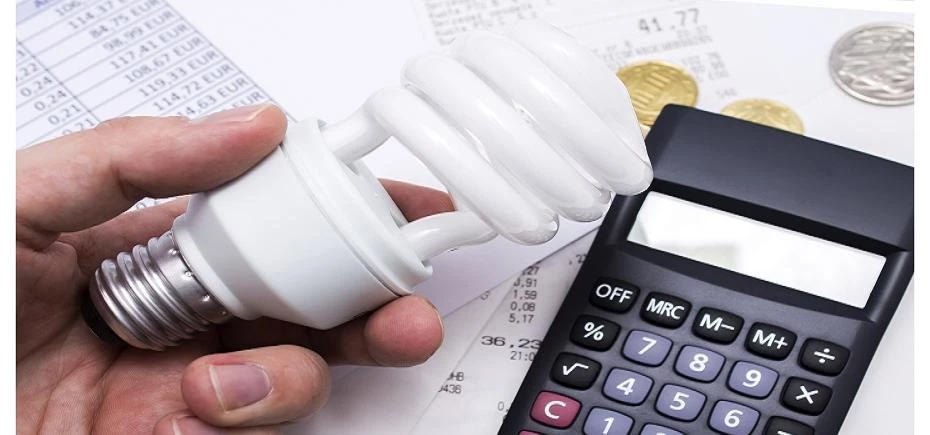
Partner Article
Top tips for maximising energy efficiency
Amar Hussain, commercial director of Orchard Energy, provides his top tips on how businesses can maximise their energy efficiency.
Many businesses are failing to implement changes that could make a significant difference in helping to achieve their green targets. However, by just making a few simple changes businesses can ensure they become more energy efficient, reduce costs and cut carbon emissions.
But where and how should they begin? The starting point for energy efficiency should always be a thorough consideration of where savings could be made; whilst individual technologies may provide good paybacks, an intensive energy audit with Orchard’s experts will determine where process savings can be made that may precede any technology investments, and will provide direct guidance on which technology investments are most worthwhile and avoid poor investment choices.
Consider the following energy efficient measures:
Smart meters
By implementing something as simple as smart meters can help businesses identify problems and potential energy wastage.
Lighting and lighting controls
In commercial buildings lighting can account for up to 30% of total energy usage and significant savings can be made by swapping to high efficiency lighting with payback times tending to be very short. Additionally, many organisations find even efficient lights can be very wasteful. Modern lighting responds well to daylight or movement sensors and further big savings can be made on lighting costs.
High efficiency motors and variable speed drives
Electric motors can be found everywhere across industry and commerce, from fans and air conditioning units, to lifts and conveyor belts and compressors. The cost to run a motor for a few months can be greater than the cost of the motor itself, it therefore makes sense to have the most up-to-date and efficient motors. As with lighting, payback can be short.
Building Energy Management Systems (BEMS)
BEMs have three basic functions: improving plant control, monitoring energy usage and optimising plant operating times. Through the effective installation and management of a BEMS, savings can be made of up to 30%, with payback times being short to mid-term.
Employee engagement
One of the most overlooked areas of potential savings is engaging staff to effect energy reductions. By helping staff to understand the importance of energy costs and empowering and incentivising them to make changes, some companies can see 5-10% cost savings with very low direct costs.
Voltage optimisation
Most modern equipment is designed to run at a voltage of 400/230V, however in the UK the electricity supply averages over 420/242V and in some cases higher. By optimising your supply voltage you could save between 5 and 15% in electricity consumption.
Combined Heat and Power (CHP)
CHP is the simultaneous generation of usable heat and electrical power in a single process. The payback is a relatively long one, however if sized properly, having CHP can significantly reduce energy costs, consumption and C02 emissions.
Orchard Energy, which specialises in energy purchasing and solutions for businesses across the UK, advises companies to review the options that are available to them and take a holistic approach, looking at all areas of the business including operations and processes and the workforce.
This was posted in Bdaily's Members' News section by Rachael Norrie .
Enjoy the read? Get Bdaily delivered.
Sign up to receive our popular morning National email for free.








 Powering a new wave of regional screen indies
Powering a new wave of regional screen indies
 A new year and a new outlook for property scene
A new year and a new outlook for property scene
 Zero per cent - but maximum brand exposure
Zero per cent - but maximum brand exposure
 We don’t talk about money stress enough
We don’t talk about money stress enough
 A year of resilience, growth and collaboration
A year of resilience, growth and collaboration
 Apprenticeships: Lower standards risk safety
Apprenticeships: Lower standards risk safety
 Keeping it reel: Creating video in an authenticity era
Keeping it reel: Creating video in an authenticity era
 Budget: Creating a more vibrant market economy
Budget: Creating a more vibrant market economy
 Celebrating excellence and community support
Celebrating excellence and community support
 The value of nurturing homegrown innovation
The value of nurturing homegrown innovation
 A dynamic, fair and innovative economy
A dynamic, fair and innovative economy
 Navigating the property investment market
Navigating the property investment market